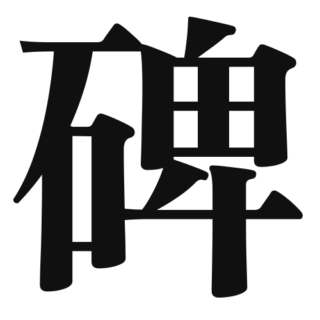 N1
N1 碑
1. Overview of MeaningThe kanji "碑" (hi) means "monument" or "tombstone." It refers to a stone tablet or marker that com...
 N1
N1 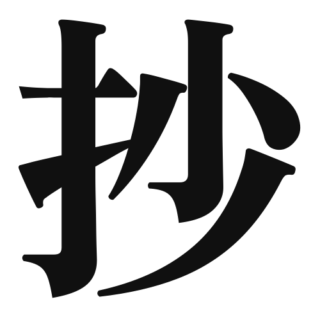 N1
N1 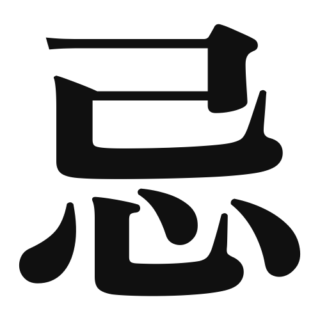 N1
N1  N1
N1 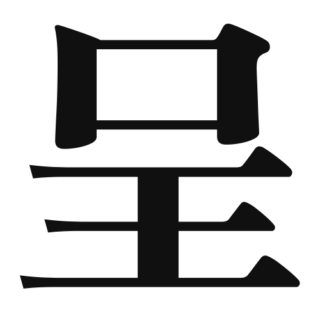 N1
N1  N1
N1 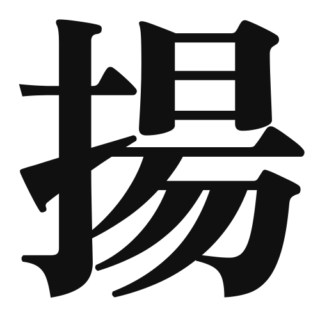 N1
N1 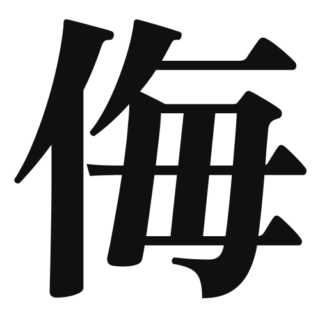 N1
N1 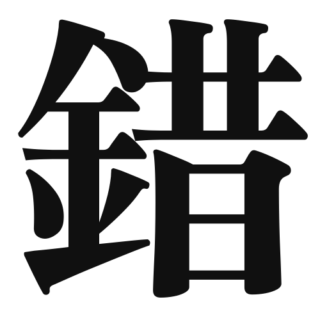 N1
N1 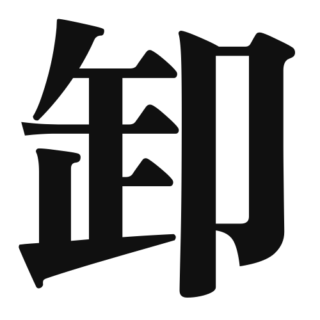 N1
N1